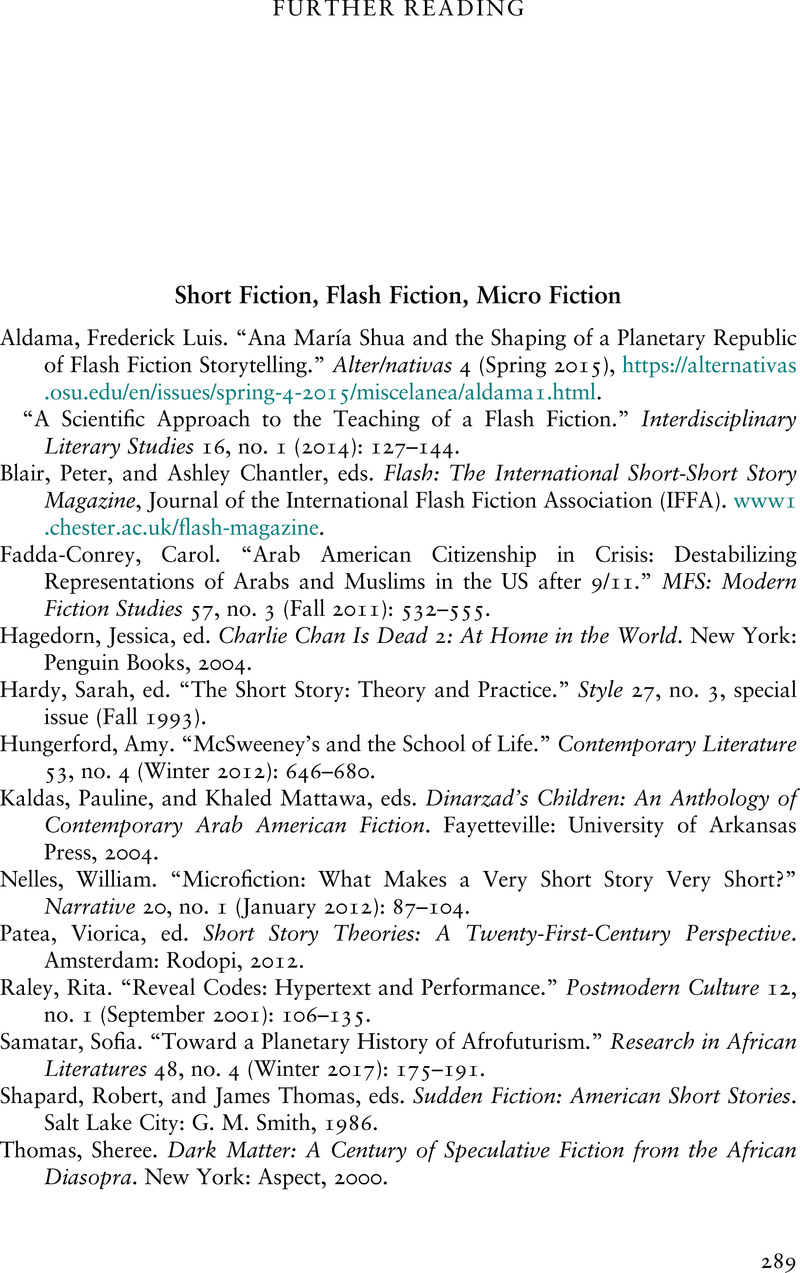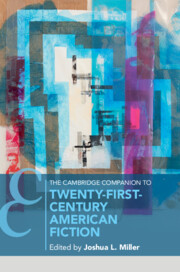Book contents
Further Reading
Published online by Cambridge University Press: 02 September 2021
Summary

- Type
- Chapter
- Information
- The Cambridge Companion to Twenty-First Century American Fiction , pp. 289 - 300Publisher: Cambridge University PressPrint publication year: 2021



